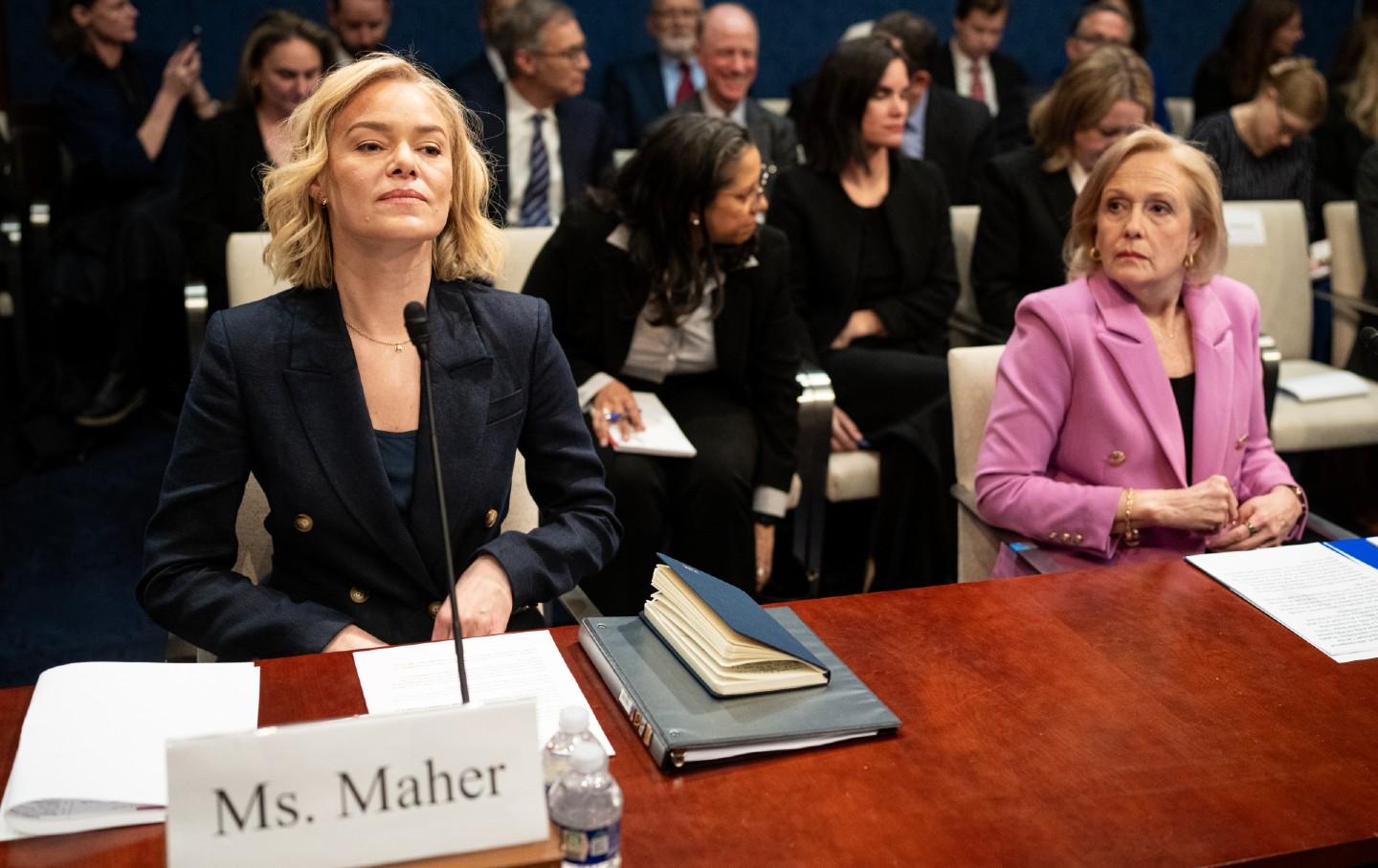The US public media system is currently facing significant challenges from the government. The Federal Communications Commission (FCC) is conducting an investigation into allegations that public media outlets have been airing commercials. Additionally, Congresswoman Marjorie Taylor Greene has led a congressional hearing, called the “Anti-American Airwaves,” to examine what she alleges to be a liberal bias in public media. Concerns also arise from rumors that the Department of Government Efficiency (DOGE) is considering reducing funding for public broadcasting.
Historically, attacks on public media by the government are not new. Since the disputes between Richard Nixon and public broadcasting, Republican administrations, with the exception of Gerald Ford’s, have often attempted to reduce funding. However, the current intensity of these attacks, spearheaded by figures like Donald Trump and Elon Musk, suggests a more severe threat than in the past.
Given these threats, it is considered a crucial time to reassess the reasons for establishing public media and its current necessity. The system has always been politically and economically vulnerable due to insufficient permanent funding, an issue that could potentially be addressed.
The evolution of American broadcasting took a different path compared to other democracies. Instead of establishing a robust public system, the US allowed commercial broadcasters to dominate, focusing on profitability through advertising revenues. Despite attempts to create a sustainable public sector, corporate interests prevailed. Nonetheless, media reformers, particularly educators, continued to advocate for an alternative system that emphasized educational broadcasting to fulfill unmet informational and cultural needs.
The efforts culminated in the passage of the Public Broadcasting Act of 1967, which was signed into law by President Johnson. This act aimed to promote programming that involved creative risks and served underrepresented audiences. It also established the Corporation for Public Broadcasting (CPB) to act as an intermediary between the government and individual stations, funded by Congress.
However, the US public media model is distinct from many of its international counterparts. Initially, it was proposed to fund public media through an excise tax on television sets, but this plan was not implemented. Instead, the system relies on an annual appropriations process, making it susceptible to political influences.
The reliance on private funding has increased over time, with stations seeking underwriting from various sources, including corporations. Changes in regulations during the Reagan administration further encouraged this trend. Consequently, public media now grapples with a growing dependence on corporate support, leading to questions about its independence from commercial influences.
Globally, US funding for public media is relatively low. For instance, federal expenditures per capita in the US are significantly less compared to nations like Norway, Sweden, and the UK, which invest more generously in their public media systems.
Studies indicate that public media access is linked to increased political knowledge and civic engagement, as well as more diverse media coverage. Public broadcasters in other countries are considered pivotal democratic infrastructures, while the US system, reliant as it is on commercial support, can struggle with its public service mission.
Public media is considered to play a crucial role in providing universally accessible content without financial barriers, maintaining higher public trust levels than many other media outlets.
There’s a pressing need to secure permanent federal funding for public broadcasting to protect it from political and economic vulnerabilities. Advocates argue that strengthening public media should be part of a broader pro-democracy effort to transform the media landscape, aiming for a system less reliant on commercial revenues and more aligned with democratic principles.
Efforts are underway to defend public media against current challenges. Advocacy campaigns and activist groups are mobilizing to secure public investments. Increasing public support for federal funding highlights the need to safeguard and develop public media as a tool against authoritarian tendencies, aligning it more closely with global standards, and laying groundwork for a more resilient and democratized system.
